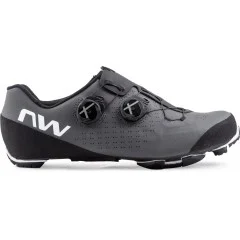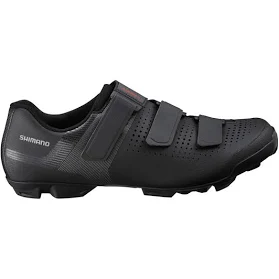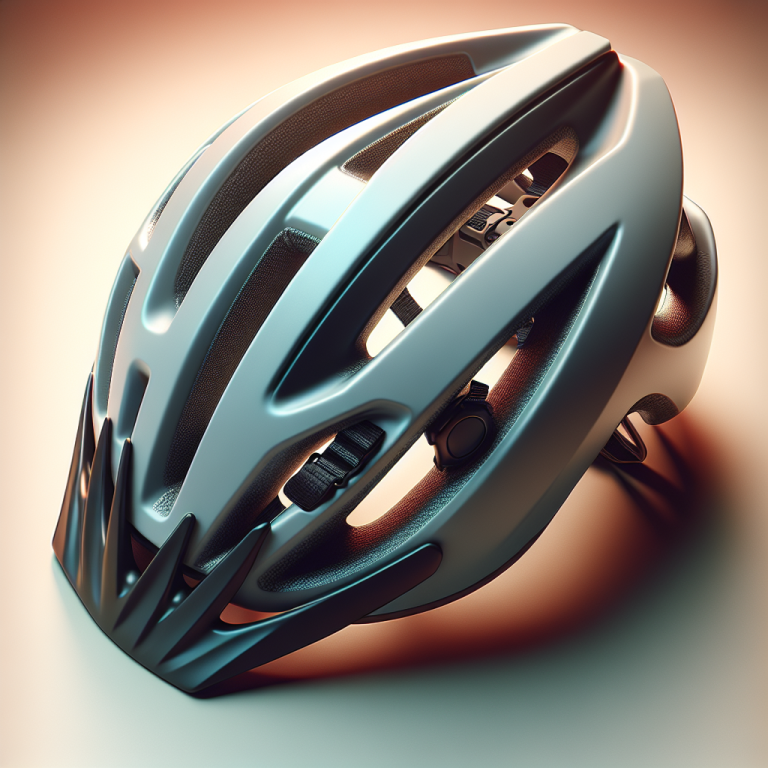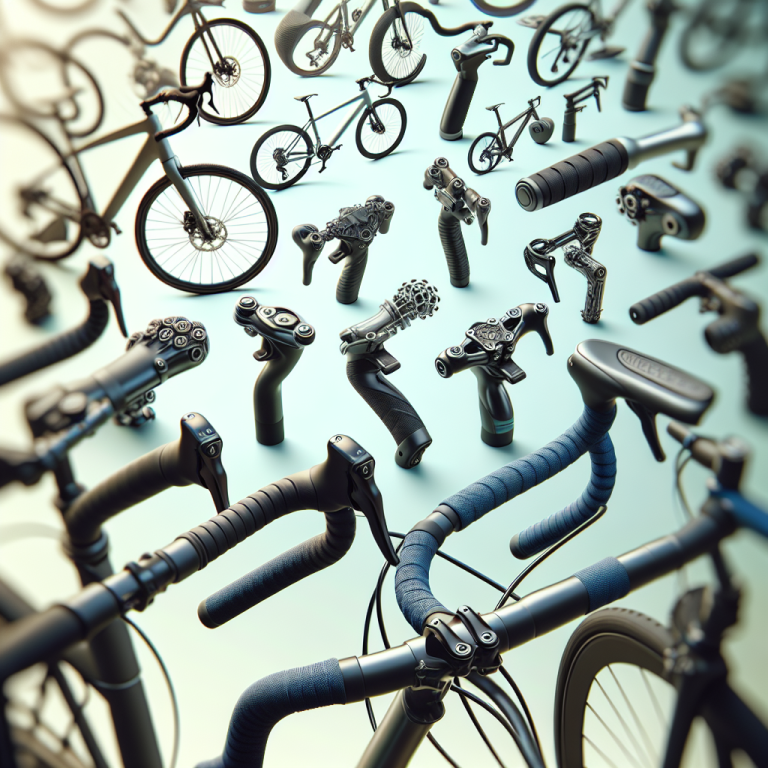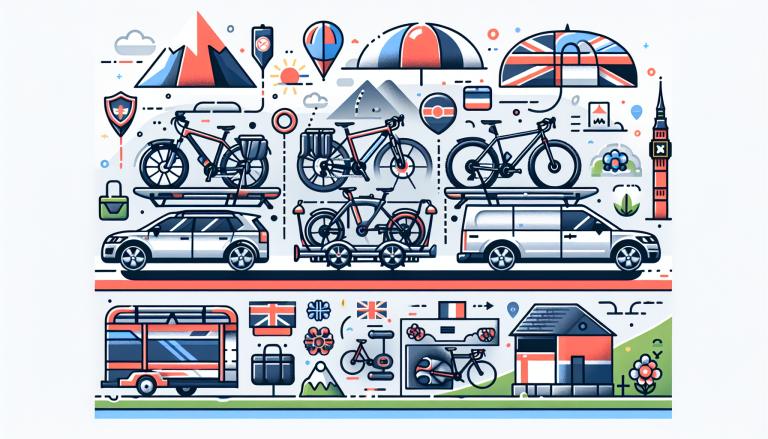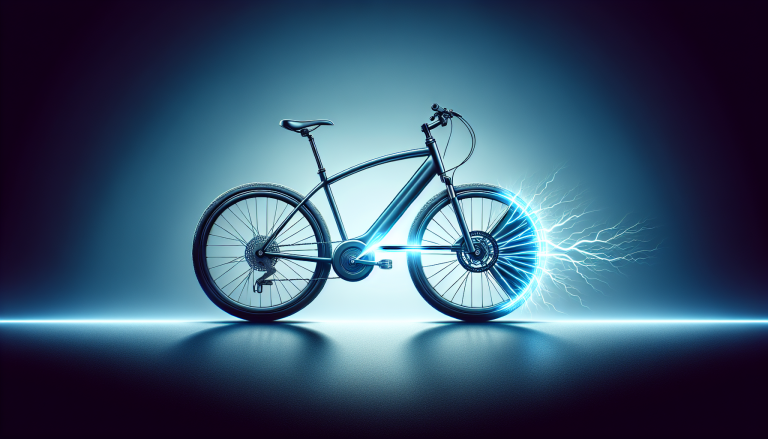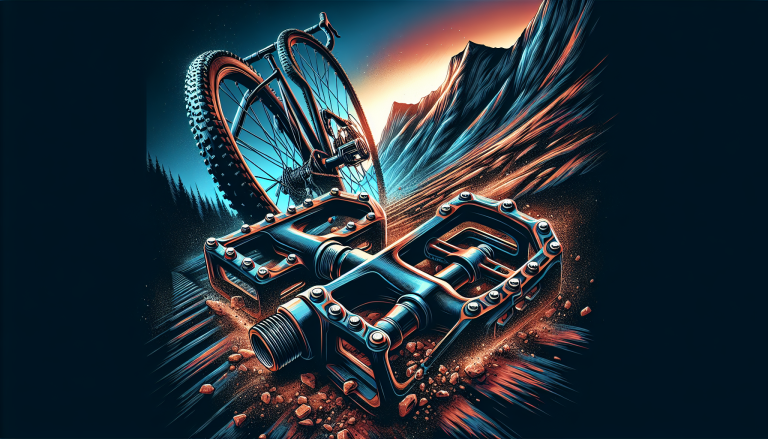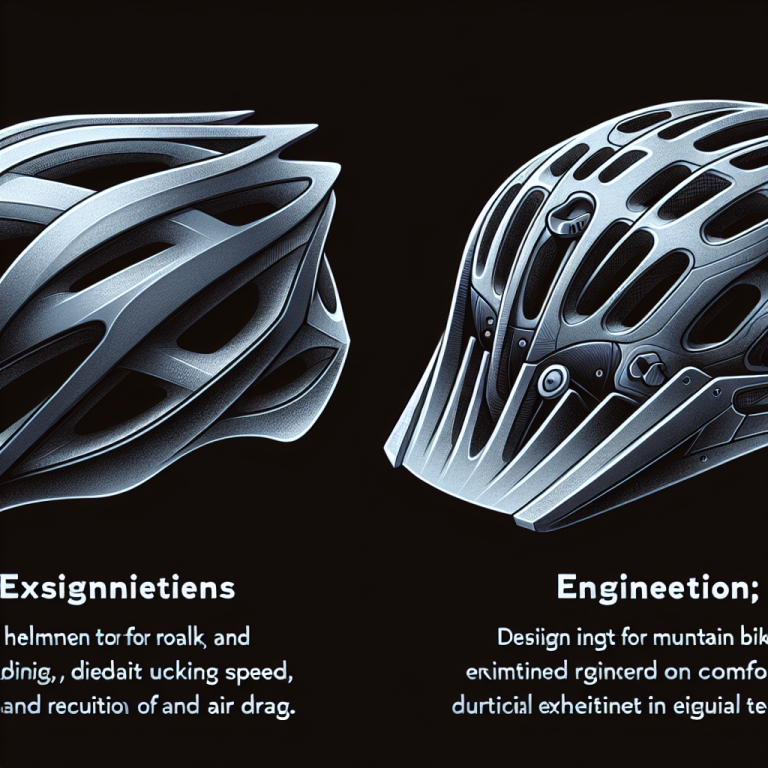If you’re an avid mountain biker, then you already know the importance of having the right gear for a thrilling and secure ride. One crucial piece of equipment that often gets overlooked is your choice of MTB cycling shoes. These specialized shoes are designed to enhance your performance and comfort on the trails, offering the perfect blend of durability and flexibility. Whether you’re a seasoned pro or just starting out, investing in a pair of high-quality MTB cycling shoes will undoubtedly elevate your biking experience to new heights.
Table of Contents
ToggleWhy Choose MTB Cycling Shoes
When it comes to mountain biking, having the right gear is crucial for an enjoyable and safe ride. One of the most important pieces of equipment for any mountain biker is their shoes. MTB cycling shoes are specifically designed to provide superior performance and comfort on the trails. Whether you are a beginner or an experienced rider, choosing the right pair of MTB cycling shoes can greatly enhance your riding experience and improve your overall performance. In this article, we will explore the different types of MTB cycling shoes, important features to consider, and offer some tips for choosing the perfect pair.
Types of MTB Cycling Shoes
MTB cycling shoes come in a variety of styles, each tailored to meet the specific needs of different riders. The three main types of MTB cycling shoes are flat pedal shoes, clipless shoes, and downhill-specific shoes. Let’s take a closer look at each of these options.
Flat Pedal Shoes
Flat pedal shoes, as the name suggests, are designed to be used with flat pedals. These shoes typically feature a flat rubber sole with a sticky compound that provides excellent grip and traction on the pedal. Flat pedal shoes are a popular choice among downhill and freestyle riders who prefer to have the freedom to easily adjust their foot position on the pedal. They offer a more casual look and can be used on and off the bike, making them versatile for various riding styles.
Clipless Shoes
Clipless shoes are a more advanced option and are designed to be used with clipless pedals. Unlike flat pedal shoes, clipless shoes feature a cleat system that attaches the shoe to the pedal, providing a secure connection. This connection allows for more efficient pedaling and better power transfer. Clipless shoes are commonly used by cross-country and endurance riders who value efficiency and pedaling dynamics. They offer a wide range of designs and features to suit different riding disciplines and personal preferences.
Downhill Specific Shoes
Downhill-specific shoes are specifically designed for the demands of downhill mountain biking. These shoes often feature a more robust construction, enhanced protection, and a sole with aggressive lugs for maximum traction on steep and technical terrains. Downhill-specific shoes prioritize durability and impact protection, making them ideal for riders who are consistently pushing the limits of their skills on challenging trails.
Important Features to Consider
When choosing MTB cycling shoes, there are several important features to consider to ensure you select the right pair for your specific needs. Let’s take a closer look at each of these features:
Sole Stiffness
One of the key considerations when choosing MTB cycling shoes is the sole stiffness. The stiffness of the sole affects power transfer and pedaling efficiency. Entry-level shoes usually have more flex, providing a more forgiving and comfortable feel, while high-end shoes have stiffer soles for maximum power transfer. The choice of sole stiffness depends on your riding style and preferences.
Grip and Traction
Having proper grip and traction is crucial when riding off-road. The grip of the shoe is determined by the rubber compound used in the sole and the pattern design. Look for shoes that offer a sticky rubber compound and an aggressive lug pattern to ensure excellent traction on a variety of trail surfaces.
Closure System
The closure system of MTB cycling shoes plays a significant role in securing a snug and comfortable fit. There are several closure systems available, including laces, Velcro straps, and the Boa closure system. Each closure system has its own advantages, so it’s important to choose one that works best for you in terms of ease of use, adjustability, and comfort.
Fit and Comfort
Fit and comfort are essential factors to consider when choosing MTB cycling shoes. The shoes should fit securely without any pressure points or discomfort. Pay attention to the size and width of the shoe, as well as the level of ankle and arch support. Additionally, consider wearing the type of socks you normally wear when riding to ensure a proper fit.
Durability
Mountain biking can take a toll on your gear, so durability is a crucial consideration when choosing MTB cycling shoes. Look for shoes that feature reinforced toe and heel areas, as these tend to be the most vulnerable to wear and tear. Additionally, consider the quality of construction and materials used to ensure longevity and reliability.
Breathability
During long rides, proper breathability and ventilation can greatly enhance comfort. Look for MTB cycling shoes that feature breathable upper materials, such as mesh panels or ventilated holes, to promote airflow and prevent overheating. Good breathability helps to wick away moisture and keep your feet dry, reducing the risk of discomfort and blisters.
Sole Stiffness Levels
MTB cycling shoes come in different levels of sole stiffness, each suited for different riding styles and preferences. Let’s explore the three main levels:
Entry-level Stiffness
Entry-level MTB cycling shoes typically have more flex in the sole, offering a more forgiving and comfortable feel. These shoes are suitable for beginners or riders who prioritize comfort over maximum power transfer. They provide a good balance between performance and affordability.
Mid-range Stiffness
Mid-range stiffness shoes offer a balance between flexibility and power transfer. They are suitable for riders who want a combination of comfort and efficiency without breaking the bank. Mid-range stiffness shoes are a popular choice for riders who enjoy a mix of trail riding, cross-country, and all-mountain biking.
High-end Stiffness
High-end MTB cycling shoes have the stiffest soles, prioritizing maximum power transfer and pedaling efficiency. They are often used by professional riders or those who are dedicated to cross-country racing or demanding trail riding. High-end stiffness shoes offer the highest level of performance but are typically more expensive.
Understanding Shoe Cleats
Shoe cleats are an integral part of clipless MTB cycling shoes, as they provide the connection between the shoe and the pedal. Understanding the different types of cleats and how to properly position and adjust them is essential for optimal performance and safety.
Types of Cleats
There are several types of cleats available for MTB cycling shoes, each compatible with different pedal systems. The most common types include SPD (Shimano Pedaling Dynamics), Crankbrothers, and Look. It’s important to choose the cleats that are compatible with your pedals to ensure a secure and reliable connection.
Positioning and Adjustment
Proper cleat positioning is crucial for pedaling efficiency and knee alignment. Most MTB cycling shoes have multi-point adjustment options that allow for fine-tuning the position of the cleat. It’s recommended to consult with a professional bike fitter or experienced riders to ensure the cleats are properly positioned for your specific riding style and biomechanics.
Choosing the Right Closure System
The closure system of MTB cycling shoes is responsible for securing a snug and comfortable fit, so it’s important to choose the right one for your needs. Here are three common closure systems to consider:
Laces
Laces provide a classic and customizable fit. They allow for easy adjustment and evenly distribute pressure across the foot. Laces are a popular choice among gravity-oriented riders who value the ability to quickly adjust the fit and tension on the trails.
Velcro Straps
Velcro straps offer quick and easy adjustability. They provide a secure fit and allow for easy on and off. Velcro straps are popular for their simplicity and ease of use.
Boa Closure System
The Boa closure system uses a dial mechanism to provide quick, precise, and even tension distribution across the foot. It allows for on-the-fly adjustments and is highly customizable. The Boa closure system is becoming increasingly popular among riders of all disciplines for its convenience and performance.
Fit and Comfort Considerations
Ensuring a proper fit and maximum comfort is essential for long biking rides. Here are some considerations to keep in mind:
Size and Width
Choosing the right size and width of MTB cycling shoes is crucial for a comfortable fit. Sizes can vary between different brands, so it’s recommended to refer to the brand’s specific sizing chart and measure your feet accurately. Additionally, consider the width of your feet to ensure a snug yet comfortable fit.
Ankle Support
Ankle support is important to prevent injuries and provide stability during challenging rides. Some MTB cycling shoes feature high ankle collars or additional padding to offer extra support. Consider your riding style and the type of terrain you will be tackling to determine the appropriate level of ankle support.
Arch Support
Proper arch support can greatly enhance comfort and reduce the risk of foot fatigue. Some MTB cycling shoes offer specialized insoles or arch support systems to accommodate different foot arches. Consider your own arch type and look for shoes that provide adequate support in that area.
Socks
The choice of socks can greatly affect the fit and comfort of your MTB cycling shoes. Opt for moisture-wicking and breathable socks to keep your feet dry and comfortable during long rides. Avoid thick or bulky socks that may create pressure points or restrict movement.
Enhancing Durability
Mountain biking can be demanding on your gear, so it’s important to choose MTB cycling shoes that are built to last. Here are some features that can enhance durability:
Reinforced Toe and Heel
The toe and heel areas of MTB cycling shoes tend to experience the most wear and tear. Look for shoes that feature reinforced protection in these areas to prevent premature deterioration. Reinforced toe and heel caps or additional rubber overlays are common features to enhance durability.
Protective Materials
Choosing shoes made from durable and protective materials is essential for longevity. Look for shoes with sturdy uppers and durable sole compounds that are resistant to abrasion and impacts. Reinforced panels and protective elements, such as toe guards or ankle protectors, can provide additional durability.
Quality Construction
The quality of construction plays a significant role in the overall durability of MTB cycling shoes. Look for shoes with solid stitching, reinforced seams, and quality materials that can withstand the rigors of off-road riding. Investing in well-constructed shoes ensures they will be able to withstand the demands of rough trails and unpredictable weather conditions.
Importance of Grip and Traction
Having reliable grip and traction is crucial for off-road riding, as it provides stability and control. Consider the following factors when evaluating the grip and traction of MTB cycling shoes:
Rubber Outsoles
The type of rubber used in the outsole greatly impacts grip and durability. Look for shoes that use high-quality rubber compounds known for their stickiness and durability. Soft rubber compounds tend to offer excellent grip but may wear out faster, while harder rubber compounds offer better durability but sacrifice some grip.
Pattern Design
The pattern design of the outsole lugs plays a significant role in providing traction on different terrains. Look for shoes with aggressive lug patterns that offer multidirectional grip. Lugs with deeper grooves and wider spacing tend to excel in muddy conditions, while smaller, tightly packed lugs offer better grip on hardpacked and rocky trails.
Compatibility with Pedals
Ensure that the MTB cycling shoes you choose are compatible with the type of pedal system you will be using. Different pedals require different cleats, and compatibility is essential for a secure connection. Consult your pedal manufacturer’s recommendations and choose shoes that are compatible to ensure optimal performance.
Breathability and Ventilation
During long rides, proper breathability and ventilation are essential for comfort and preventing overheating. Here are some features to look for in terms of breathability:
Upper Material
The upper material of MTB cycling shoes greatly affects breathability. Look for shoes with breathable and lightweight materials, such as synthetic fabrics or mesh panels. These materials facilitate better airflow, allowing heat and moisture to escape, and keeping your feet cool and dry.
Mesh Panels
Mesh panels are often incorporated into the design of MTB cycling shoes to increase breathability. They provide additional airflow to the foot, aiding in moisture-wicking and heat dissipation. Shoes with strategically placed mesh panels can offer enhanced ventilation, reducing the risk of discomfort and blisters.
Ventilation Holes
Some MTB cycling shoes feature ventilation holes along the sides, toe box, or sole to further promote airflow. These holes allow fresh air to circulate within the shoe, helping to wick away moisture and prevent excessive sweating. Ventilation holes are especially beneficial for riders who frequently ride in hot or humid conditions.
In conclusion, choosing the right pair of MTB cycling shoes is a crucial decision for any mountain biker. The right shoes can greatly enhance your performance, comfort, and overall riding experience. Consider the different types of MTB cycling shoes, important features such as sole stiffness, grip and traction, closure systems, fit and comfort, durability, and breathability when making your selection. With a well-fitting and appropriate pair of MTB cycling shoes, you’ll be equipped to tackle any trail with confidence and enjoy countless hours of thrilling mountain biking adventures. Happy riding!

